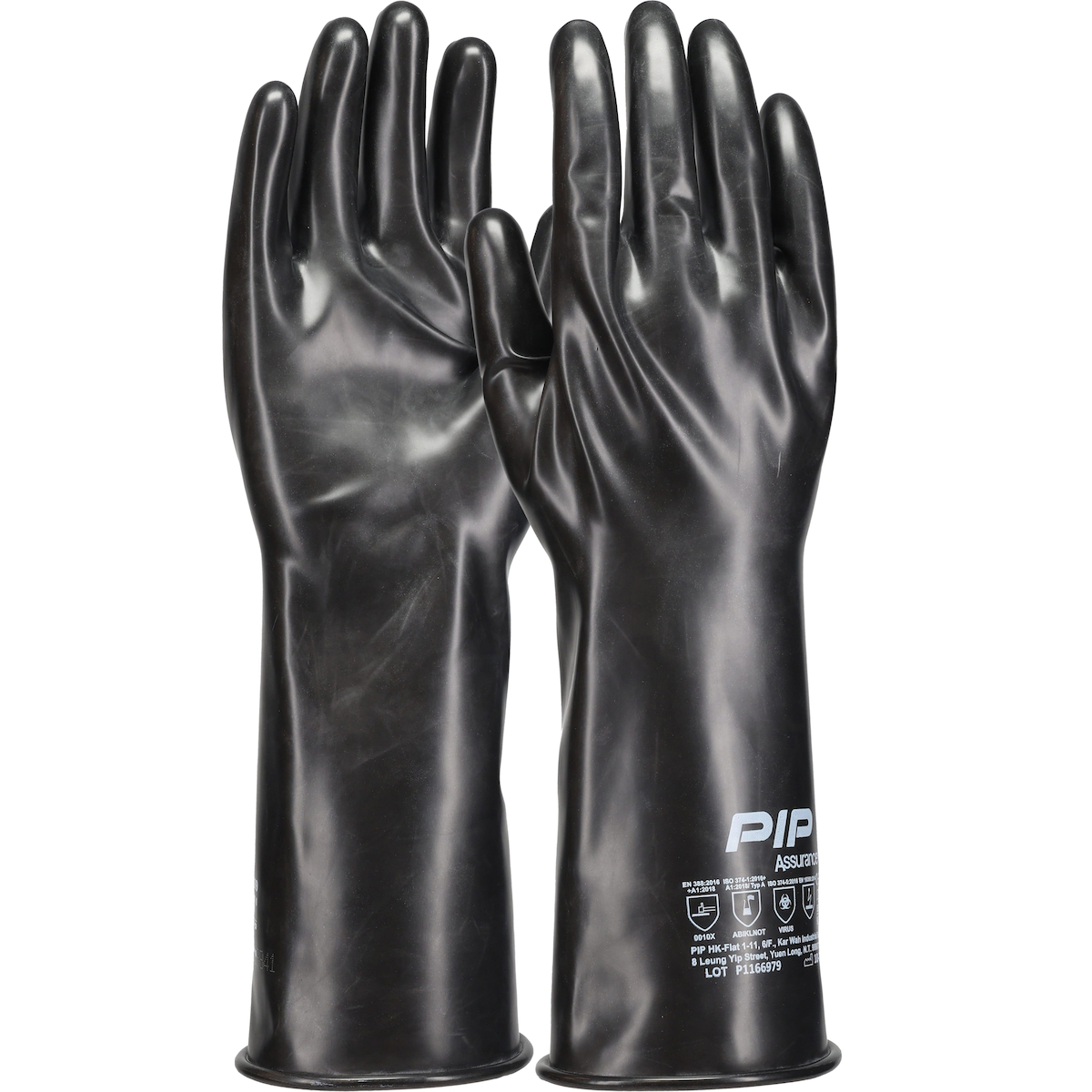Our Butyl gloves are crafted from bromine-butyl rubber (BIIR), specifically designed to handle extreme exposure to polar hydrocarbons such as ketones, acids, esters, and amine derivatives. The addition of bromine enhances temperature resistance, offering superior durability.
- 12 Mil Bromine-Butyl Rubber
- The addition of bromine enhances temperature resistance, offering superior durability.
- Designed to handle extreme exposure to polar hydrocarbons such as ketones, acids, esters, and amine derivatives.
- 14 " length for extended forearm protection
- Smooth Grip
- Protects Against Hazardous Chemicals And Materials
- Easy To Decontaminate
- Excellent Holdout
- Maintains flexibility from -40°C to 90°C (-40°F to 194°F)

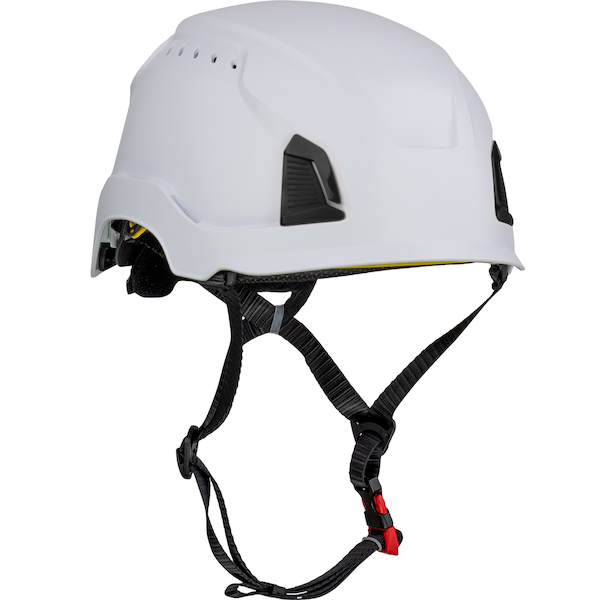 Safety HelmetsTraverse™280-HP1491RVM
Safety HelmetsTraverse™280-HP1491RVM
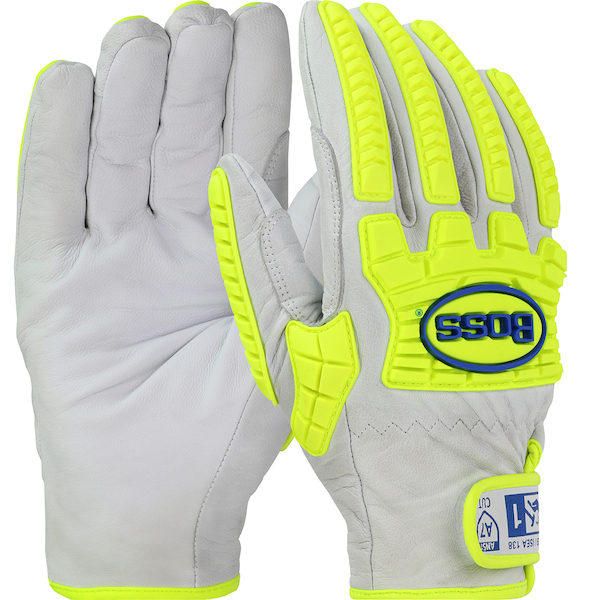 Hi Performance GloveBoss®9916
Hi Performance GloveBoss®9916
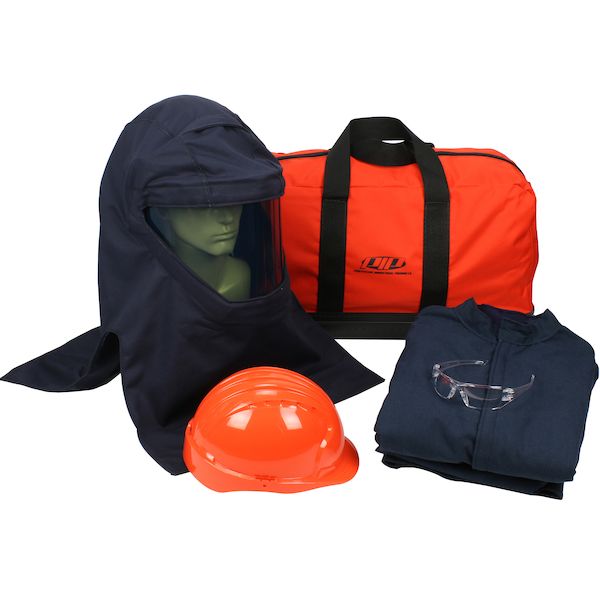 Arc Protection KitsPIP®9150-52436
Arc Protection KitsPIP®9150-52436
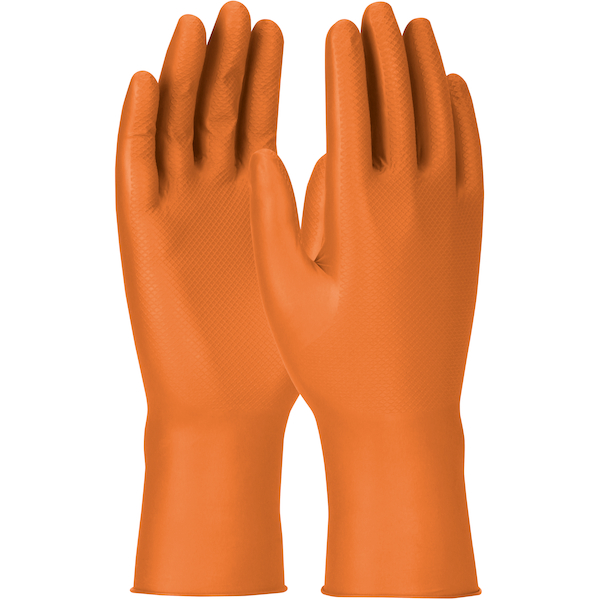 Extended Use Disposable GlovesGrippaz™ Engage67-307
Extended Use Disposable GlovesGrippaz™ Engage67-307
 Safety HelmetsKilimanjaro™280-HP642R-CH
Safety HelmetsKilimanjaro™280-HP642R-CH
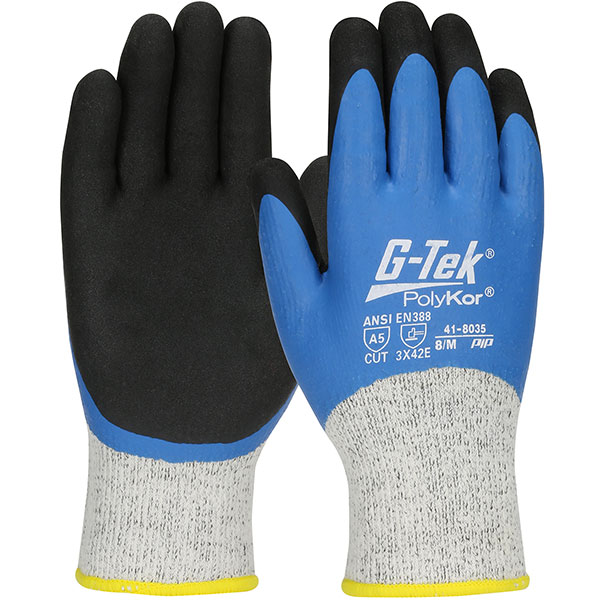 Protection From ColdG-Tek® PolyKor®41-8035
Protection From ColdG-Tek® PolyKor®41-8035
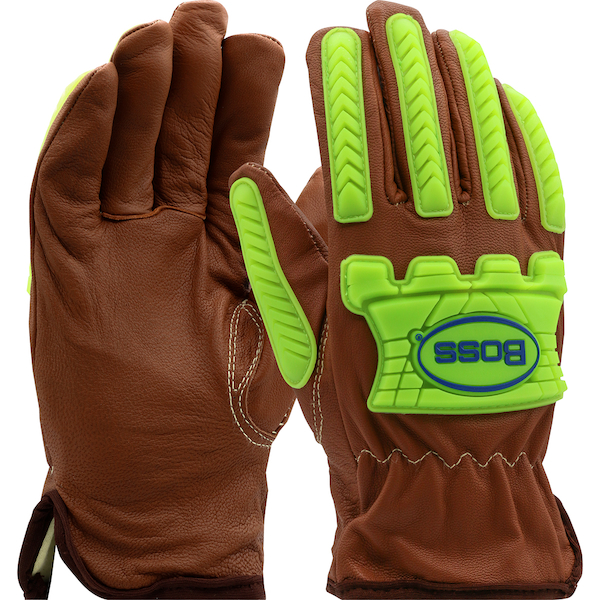 Hi Performance GloveBoss® XtremeKS993KOAB
Hi Performance GloveBoss® XtremeKS993KOAB
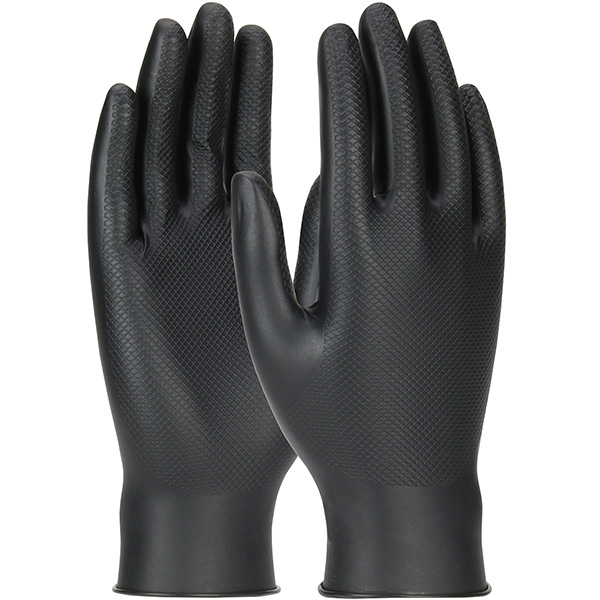 Extended Use Disposable GlovesGrippaz™ Skins67-246
Extended Use Disposable GlovesGrippaz™ Skins67-246
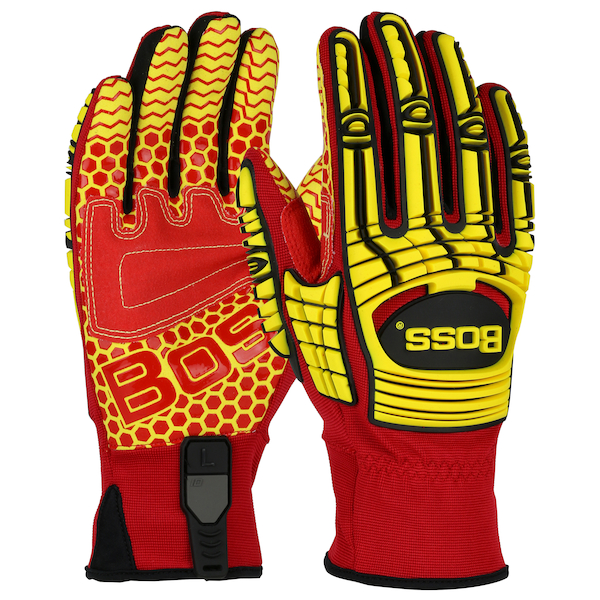 Hi Performance GloveBoss®120-MP2415
Hi Performance GloveBoss®120-MP2415
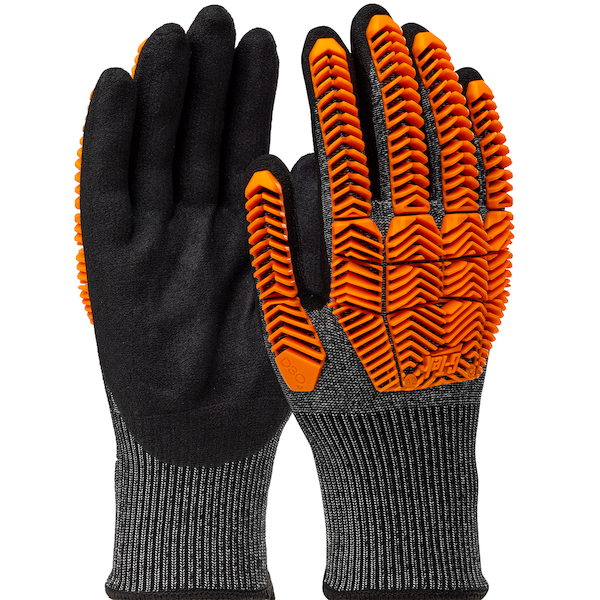 Hi Performance GloveG-Tek® PolyKor®16-MPT630
Hi Performance GloveG-Tek® PolyKor®16-MPT630
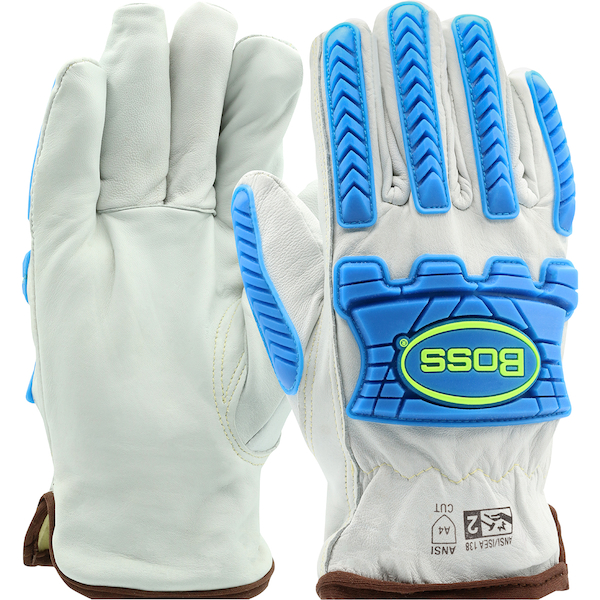 Hi Performance GloveBoss®9120
Hi Performance GloveBoss®9120
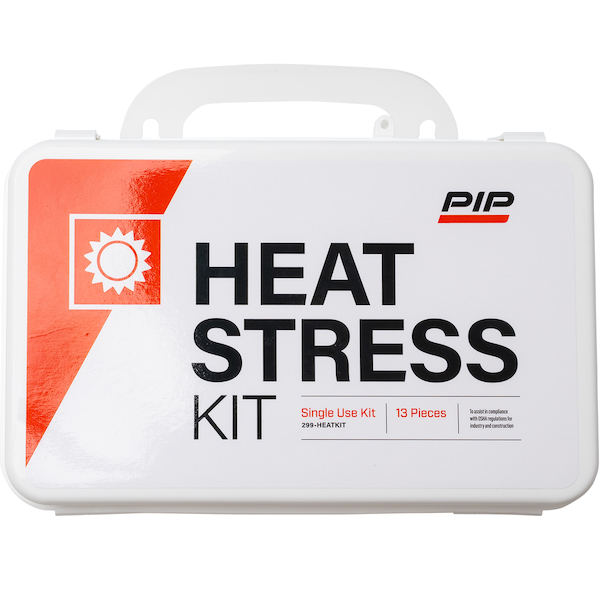 First Aid KitPIP®299-HEATKIT
First Aid KitPIP®299-HEATKIT

















